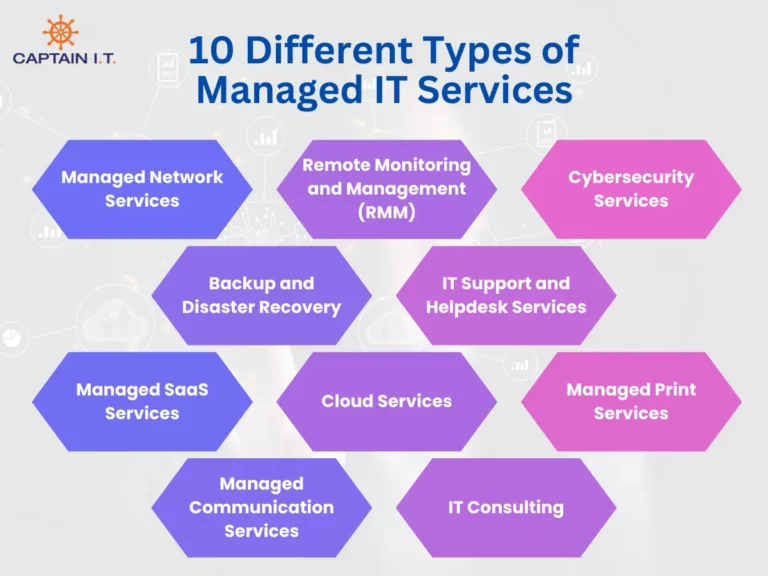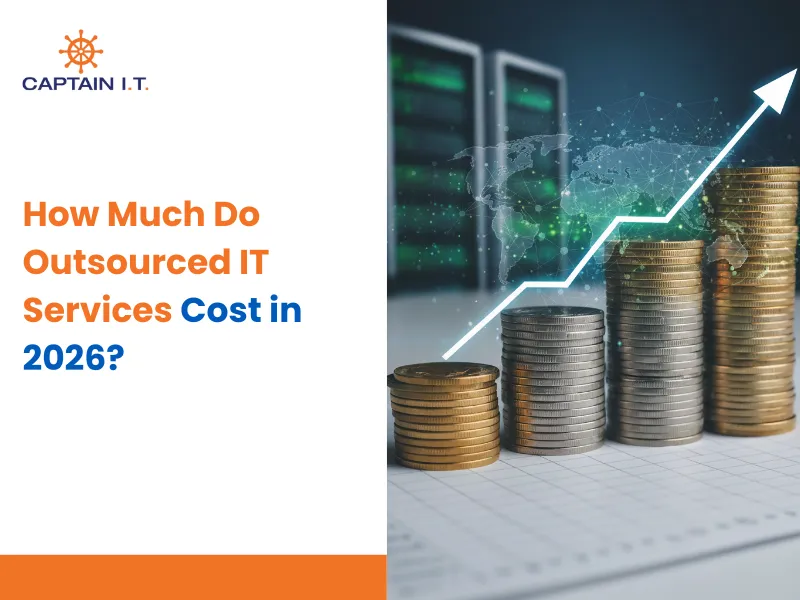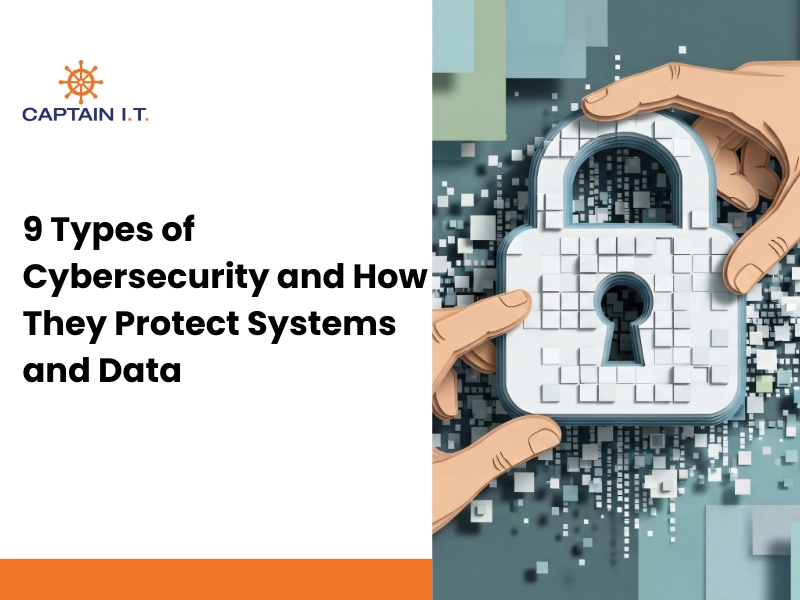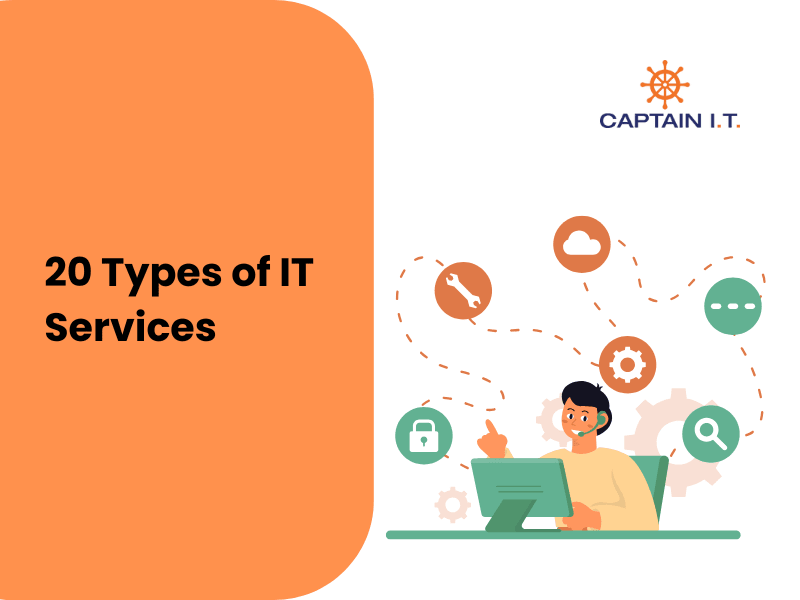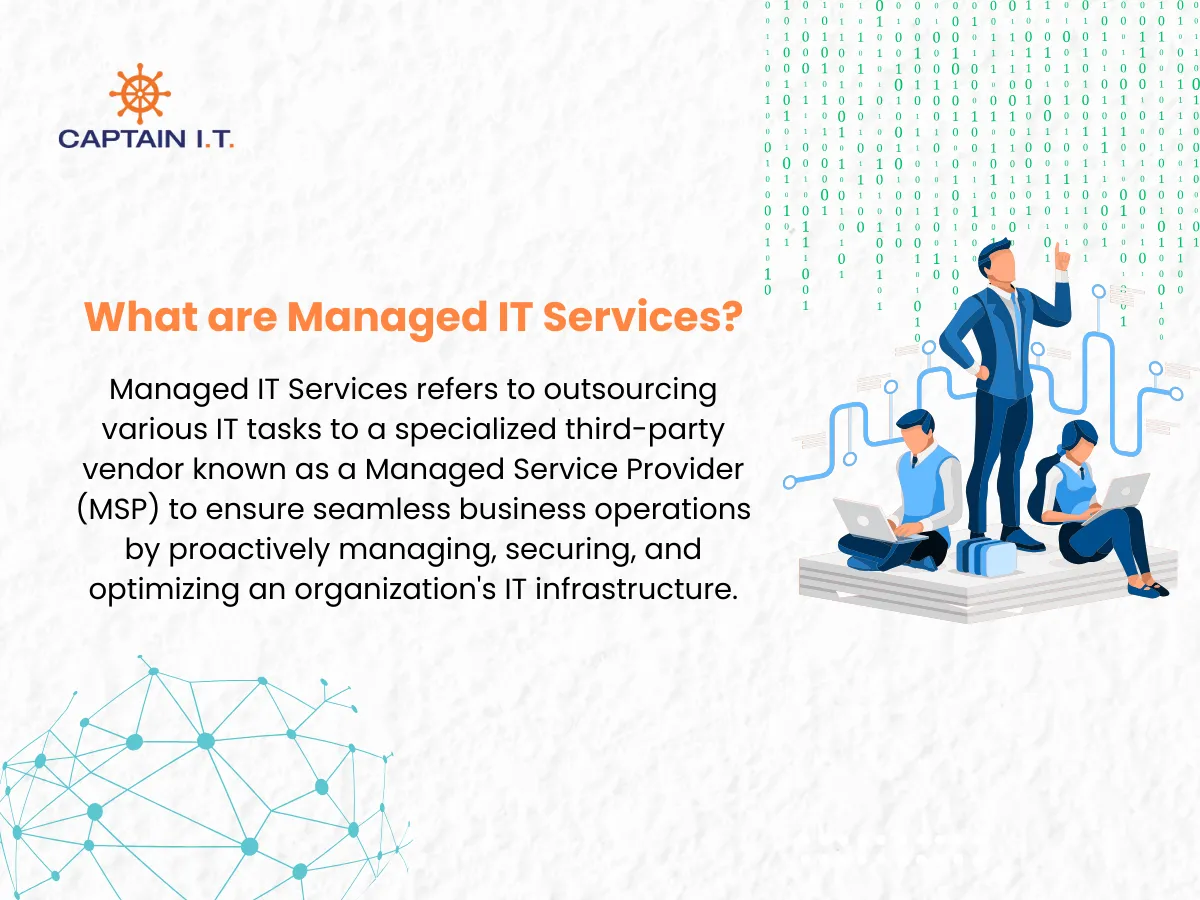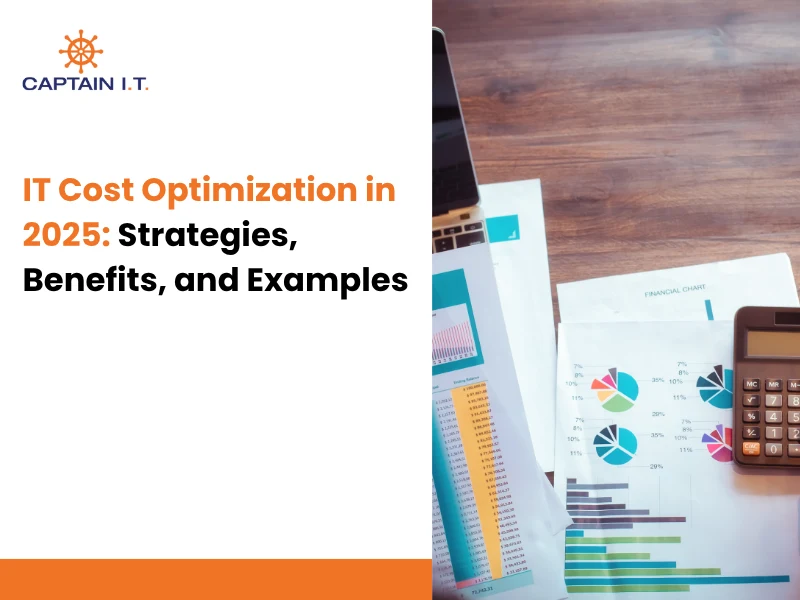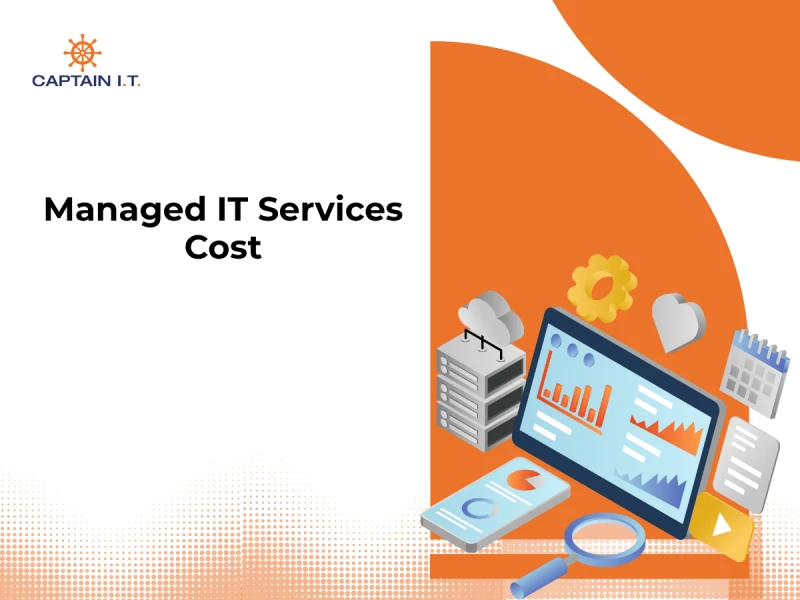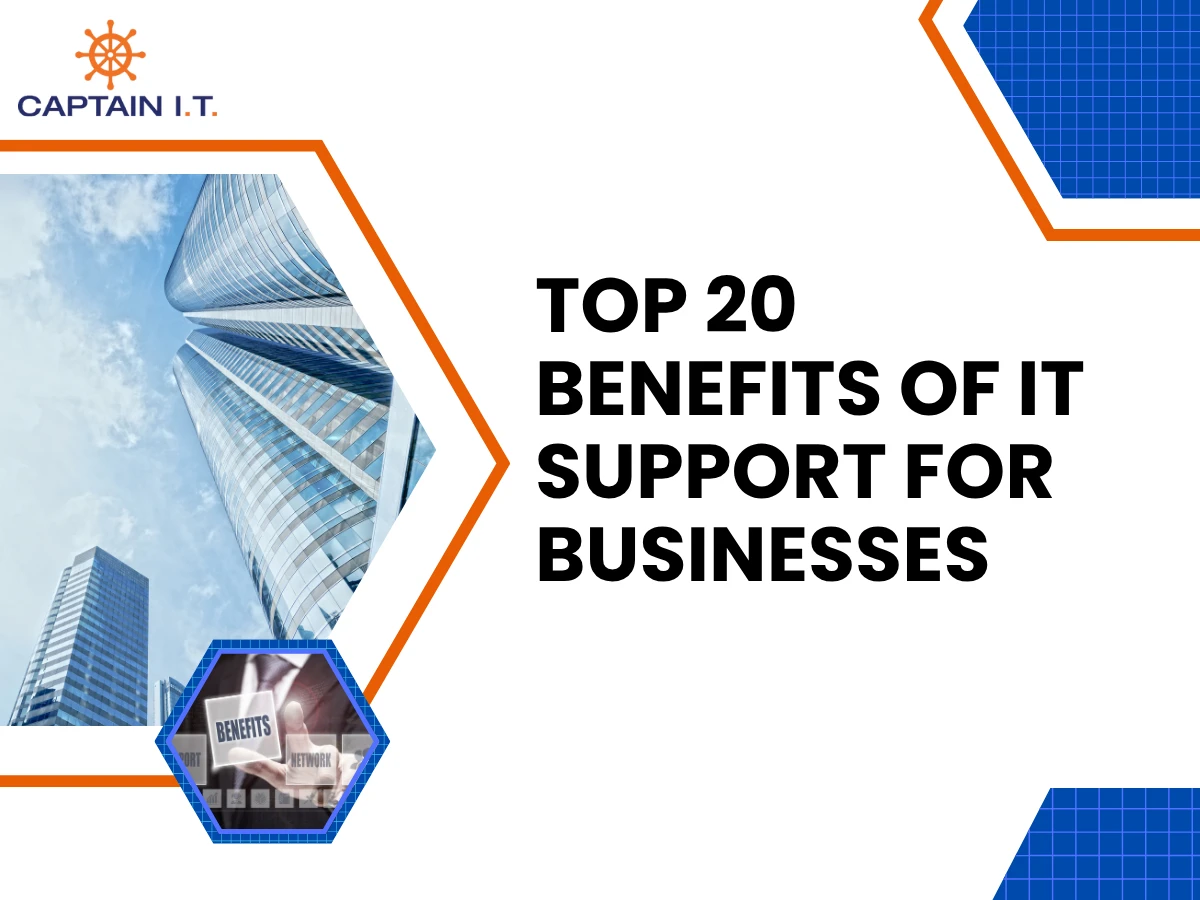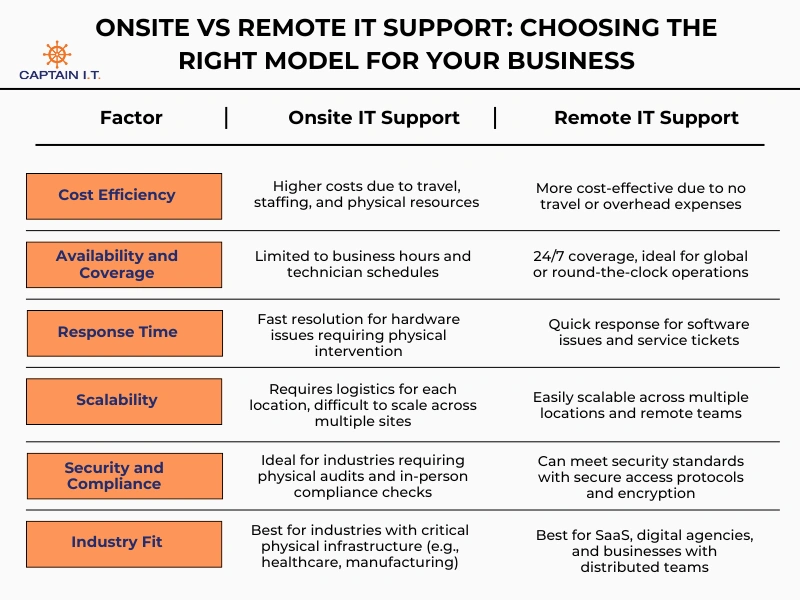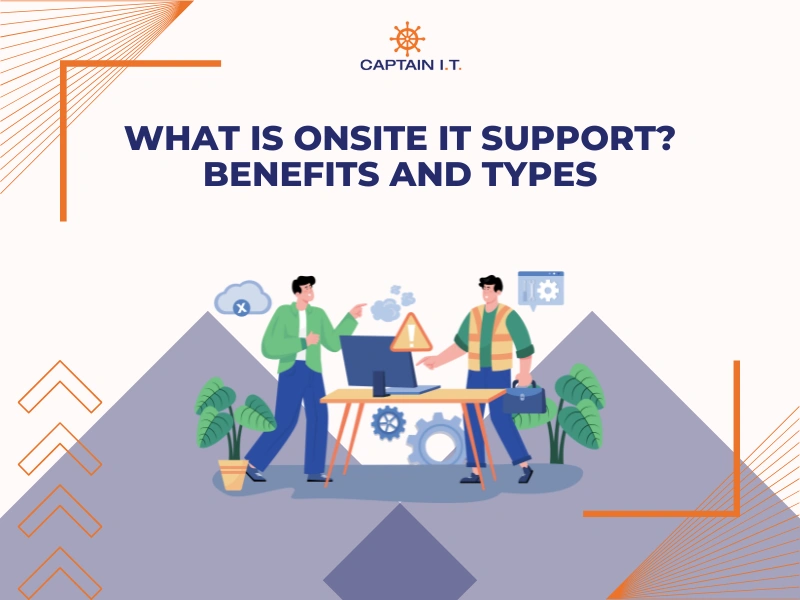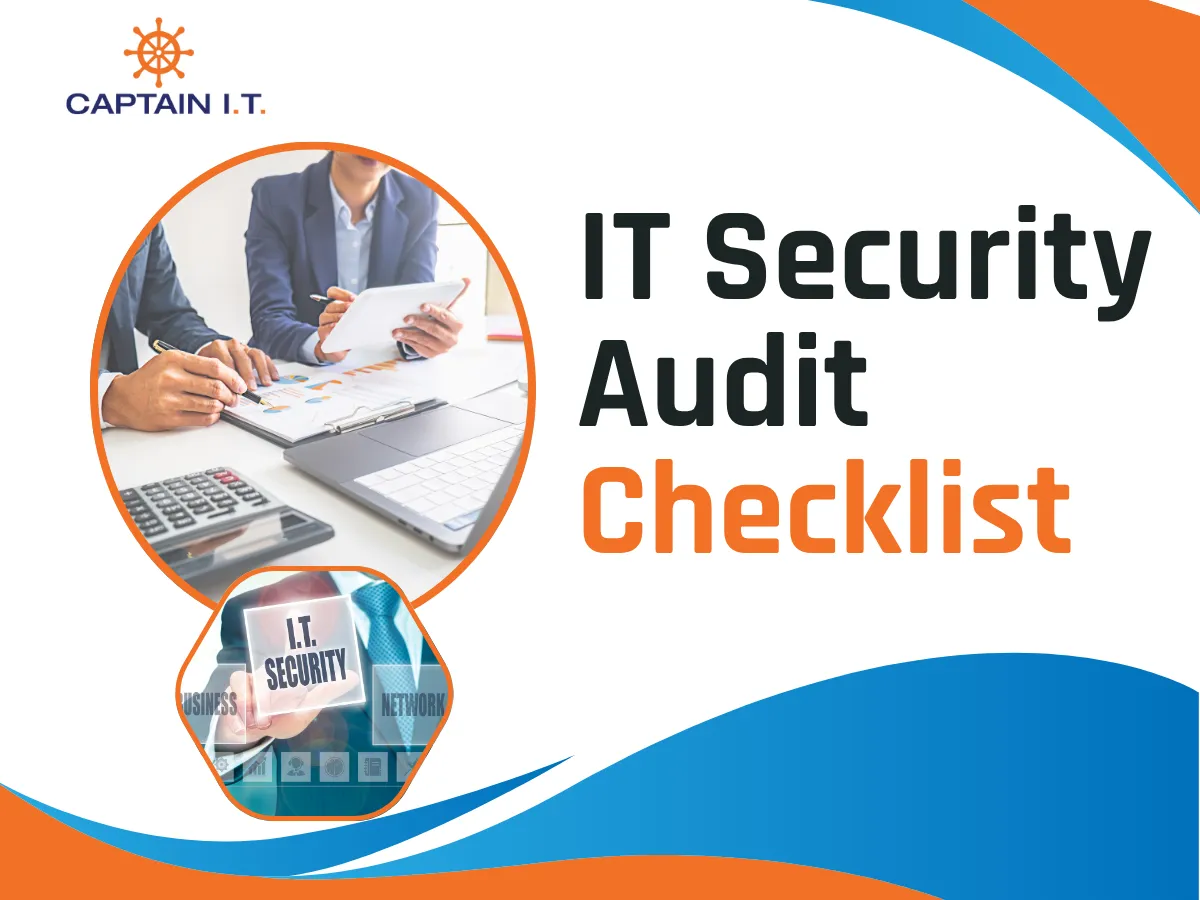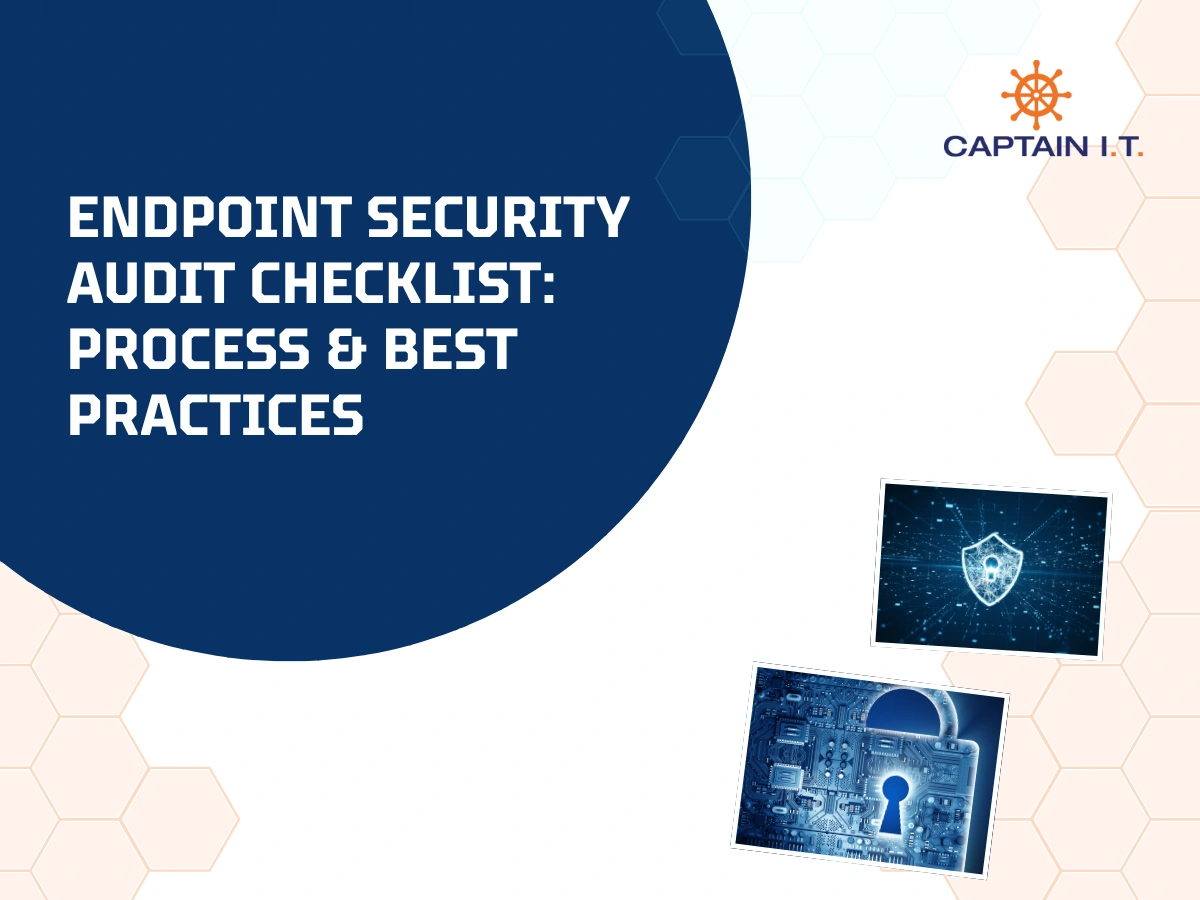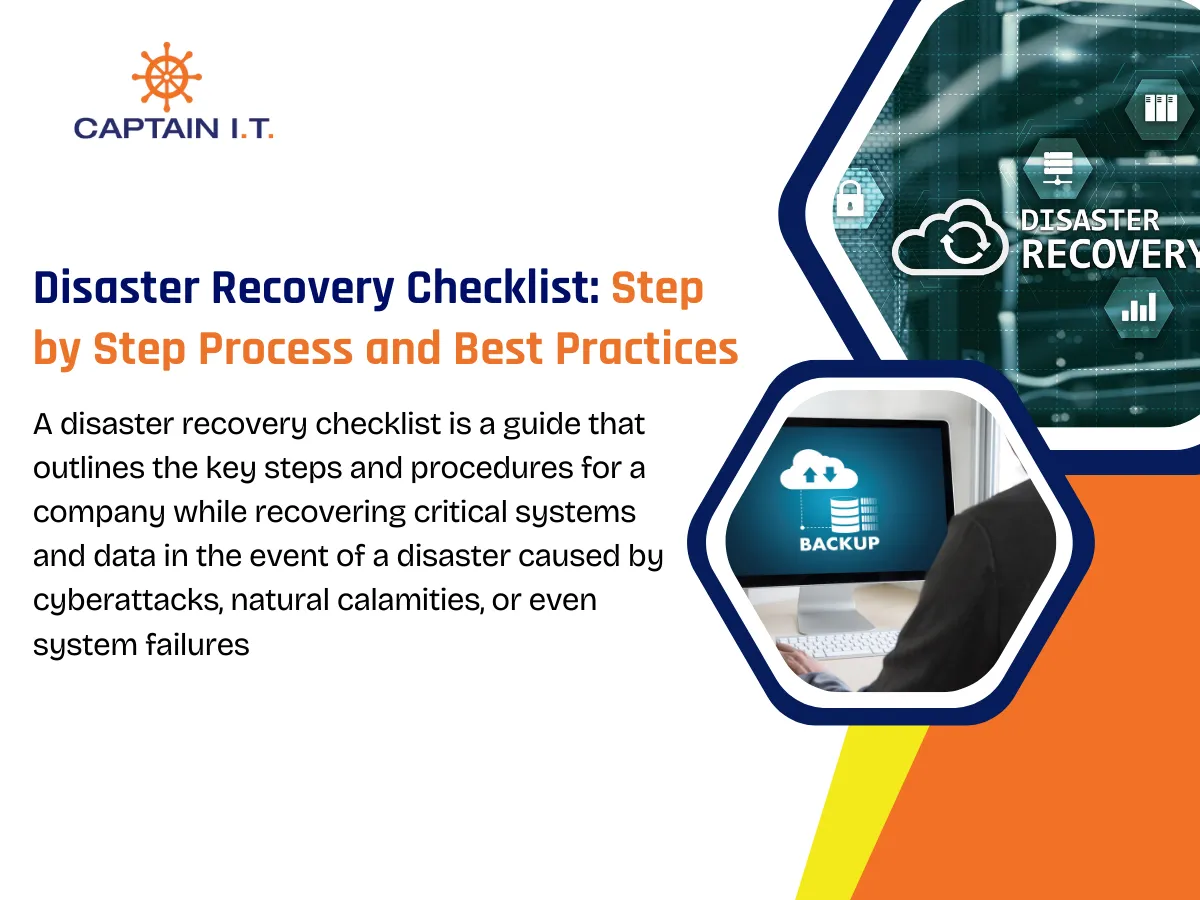Managed IT services refer to the practice of outsourcing specific IT functions to a third-party provider (Managed Service Provider) who handles ongoing support, maintenance, and strategic guidance. These services are designed to ensure that businesses have access to expert management of their technology infrastructure without the burden of maintaining everything in-house.
By leveraging managed IT services, companies can significantly enhance efficiency, strengthen security, and reduce operational costs. Instead of allocating internal resources to troubleshoot issues or manage updates, partnering with MSPs helps businesses gain proactive monitoring, expert troubleshooting, and scalable solutions. This allows internal teams to focus on growth, innovation, and core business operations while leaving IT performance to experts.
Managed services cover a broad range of solutions tailored to diverse needs, including
- Managed Network Services
- Remote Monitoring and Management (RMM)
- Cybersecurity Services
- Backup and Disaster Recovery
- IT Support and Helpdesk Services
- Managed SaaS Services
- Cloud Services
- Managed Print Services
- Managed Communication Services
- IT Consulting
In the sections that follow, we will explore these 10 essential types of managed IT services that help organizations stay resilient, competitive, and prepared for future demands.
Managed Network Services
With reliable Managed Network Services, businesses can maintain the security of the infrastructure essential for daily operations. These services include comprehensive monitoring, configuration, and optimization of routers, switches, firewalls, and other networking equipment, responsible for enhancing the overall security of an organization.
Managed Service Providers (MSPs) provide VPNs, remote access tools, and other connectivity solutions that help ensure seamless communication for on-site and remote teams. They also employ firewall management, intrusion detection systems (IDS), Security Information and Event Management (SIEM), endpoint protection, and other advanced security management solutions to safeguard network and connected IoT devices from cyber threats. Implementing these proactive protections reduces operational risks, improves network scalability, and ensures regulatory compliance.
Remote Monitoring and Management (RMM)
Using the Remote Monitoring and Management (RMM) tools, MSPs and internal IT teams can remotely monitor and manage a client’s IT infrastructure. This service helps businesses maintain continuous visibility into the health, performance, and security of IT systems and devices. It also provides control over the IT systems.
Through the RMM, organizations get 24/7 monitoring of servers, endpoints, and networks from a centralized location, enabling early detection of potential performance issues and failures. With real-time alerts and remote diagnostics, RMM helps IT teams respond quickly, minimizing disruption and maintaining system uptime. Besides monitoring, it also automates redundant tasks like software deployment, patch management, and security updates, helping organizations improve system reliability and enhancing security while eliminating the need for on-site support.
Cybersecurity Services
MSPs offer cybersecurity services to safeguard businesses from cyber threats that would otherwise result in data breaches, stolen credentials, viruses, ransomware, and other incidents. Through the implementation of firewalls, antivirus software, and endpoint protection, MSPs block unauthorized access and malicious activity across IT environments.
By deploying Security Information and Event Management (SIEM) and other advanced security tools, they detect the real-time threat in an organization and respond immediately to neutralize the potential attacks. These services also offer employee security training, regular vulnerability assessments, real-world simulations, and comprehensive compliance support to comply with industry regulations. Cybersecurity services reinforce the security posture of an organization, helping it protect sensitive information, maintain its reputation in the market, and build long-term customer trust.
Backup and Disaster Recovery
By automating backups, either in the cloud or on-premises, backup and disaster recovery (BDR) services enable reliable access to data during unexpected events. This service specifically helps businesses secure files, databases, and systems against potential data loss caused by cyberattacks, accidental deletion, hardware failure, or natural disasters like earthquakes, floods, and wildfires.
The primary purpose of BDR services is to ensure reliable backup systems that provide swift recovery options for organizations to maintain business continuity. MSPs carefully plan the disaster recovery plans and regularly test them to validate system readiness and improve response times. Such a proactive approach reduces operational risks, strengthens operational resilience, eliminates costly impact, reduces downtime, protects sensitive information, and ensures long-term stability.
IT Support and Helpdesk Services
Partnering with external service providers for IT support and helpdesk services provides immediate, round-the-clock technical assistance and hardware fixes to organizations, helping them resolve issues, and stay operational with minimal disruption. These services offer 24/7 support, including remote troubleshooting, on-site assistance, and access to multi-level support tiers (L0, L1, L2, L3, L4) that handle every IT issue from basic user queries to complex infrastructure problems.
IT support and helpdesk services use structured ticketing systems to efficiently track, prioritize, and address issues. By maintaining detailed records of tech issues for future reference, they can speed up response times and identify recurring issues quickly. This improvement in issue resolution speed enhances employee efficiency and productivity. Reliable helpdesk support streamlines daily operations while ensuring consistent technical performance across the organization.
Managed SaaS Services
Through managed SaaS services, MSPs manage and optimize a company’s Software-as-a-Service (SaaS) applications. MSPs handle software licensing, user access, security, and compliance of SaaS platforms like CRM (Customer Relationship Management), ERP (Enterprise Resource Planning), and productivity tools. They enforce security protocols and centralize license management, helping organizations avoid overspending while reducing the risk of data breaches and unauthorized access.
The main objective of managed SaaS services is to ensure the effective utilization and management of SaaS applications. For that, MSPs integrate SaaS with existing systems, customize applications to suit business needs, and monitor performance for optimum software usage. As a result, every application performs to match organizational goals and businesses achieve cost-effective operations, enhanced software reliability, and seamless user experience.
Cloud Services
Managing sophisticated IT infrastructure is easier with cloud services that offer scalable hosting, storage, and operational support through Infrastructure as a Service (IaaS), Platform as a Service (PaaS), and Software as a Service (SaaS). MSPs help streamline cloud migration, monitoring, security, and disaster recovery, allowing businesses to quickly roll out new applications, reduce on-site hardware, and flexibly adapt to changing demands without compromising performance.
Cloud Services assist in integrating hybrid and multi-cloud environments smoothly where workloads can be distributed efficiently across multiple cloud providers. MSPs ensure data protection and business continuity with their security, compliance, and disaster recovery capabilities. With managed cloud solutions, businesses get faster data access, lower operational costs, greater scalability, and a more secure, resilient IT infrastructure.
Managed Print Services
Third-party providers asses the existing print environment, optimize and manage print fleets, maintenance, and document security through managed print services, allowing companies to maintain efficient control over printing operations. MSPs handle supply management, device monitoring, and preventive maintenance to ensure organizations have operational printers that function seamlessly.
One of the crucial aspects of managed print service is the implementation of secure printing protocols and controlled access that shields sensitive documents and reduces the risk of unauthorized usage and mishandling. It also tracks usage and identifies inefficiencies to help businesses lower printing expenses, reduce paper waste, support sustainability initiatives, and enhance workflow efficiency. Comprehensive document management and security tools provided by MSPs ensure ongoing confidentiality, compliance, and operational effectiveness.
Managed Communication Services
Modern businesses rely on managed communication services to unify their voice, video, and messaging platforms into a seamless and centralized system. These services include VoIP, Unified Communications as a Service (UCaaS), and video conferencing tools that empower teams to collaborate in real-time, regardless of their location or device. By integrating different communication channels, organizations can streamline their workflows, increase efficiency, ensure consistency, and maintain the high-quality connectivity that internal teams and customers expect.
Apart from real-time tools, these services also provide secure email hosting, collaboration platforms, and managed contact center solutions that enhance internal and customer interactions. As a result, businesses benefit from reduced communication costs, improved user experience, and more responsive support channels. With centrally managed messaging systems, organizations get the flexibility and scalability they need to adapt and grow.
IT Consulting
Organizations requiring expert insight regarding the alignment of technology with other business operations and functionalities hire MSPs specifically for IT consulting and related services. Suitable for small and mid-sized businesses (SMBs) with a lack of on-site IT professionals, these services guide them through critical areas such as IT strategy, risk management, and compliance. Expert IT consultants help companies build secure, scalable, and efficient infrastructures with a focus on minimizing risk while adhering to industry requirements.
MSPs evaluate business goals, identify operational weaknesses, and recommend the most effective, tailored tech solutions. All the solutions, whether modernizing legacy systems or planning for future scalability, IT consulting help businesses align their IT investments with strategic priorities. It leads to smarter, data-driven decisions, optimum performance, and long-term business growth.
Choose Perfect Managed IT Services That Fit Your Business Requirements
To choose the right managed IT services, begin by evaluating your current IT setup to identify any weaknesses or inefficiencies. This assessment helps determine which services, such as backup and recovery, network management, or helpdesk support, will boost your organization’s security and productivity.
For businesses seeking a reliable and strategic IT partner, Captain IT offers a complete range of managed services tailored to your unique requirements. With a focus on scalability and long-term value, Captain IT helps ensure your technology infrastructure can support growth, maintain performance, and adapt to evolving business demands.
